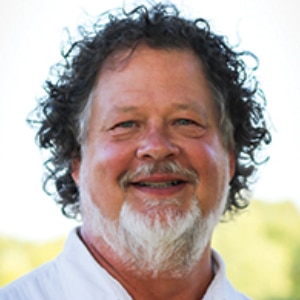First-Year, Second-Year Students Surge to Campus Welcome Weeks
They are back! Record freshman classes are being welcomed around the country, this in a year when the previous class, now rising sophomores, experienced those same orientations and welcomes in a mostly virtual format. In many cases, on campus welcome events and programs are now catering to twice as many “newcomers.”
At Northern Kentucky University “welcome week” was actually a series of afternoon and evening events that spanned 10 days and included nearly 50 stand-alone activities, many geared specifically for freshman or sophomores. Outdoor movies, casino nights, community in-service projects, paint wars, a visiting hypnotist, photo booths, a luau, karaoke night – you name it, and Norse, the nickname given to school mascot Victor E. Viking, and campus staff were working overtime to pull it off. Tie-dying t-shirts….check. Making colorful wax replicas of your hands? Check!
“Our ‘Victorfest’ was longer and we did more this year because we really did nothing last year,” said Sarah Aikman, director of student engagement. “This year we had a 10-member steering committee and we spent more and did more programming because we really had two classes that hadn’t had that ‘welcome’ experience.”
The same was true around the country as record numbers of new students were welcomed to campus. The University of Arizona, University of Georgia, Indiana University, Miami University, Purdue University, Rice University, Seton Hall University … no matter the size or locale, all were setting records for freshman class numbers. And if they weren’t the largest, it was a close second at campuses like Albertus Magnus University, Creighton University, and Gonzaga University.
And it wasn’t all fun and games on same campuses. At George Washington University’s student center, incoming students stood in lines for hours to receive their campus smart cards, called GWorld cards. The student newspaper, GW Hatchet, reported a line stretching the length of the student center, and campus administrators attributed the lines to two years of undergraduate students arriving on campus for the first time.
At Drexel University move-in days were expanded to a four-day period and next week’s seven-day welcome week (Sept. 13-19) was designed in anticipation of larger crowds. “It’s really exciting that we are not only welcoming the incoming class of 2021, but we’ve also invited the incoming class of 2020 to join us for Welcome Week this year,” said Kaitlyn Delengowski, director of special events for enrollment management and student success. “So our population is potentially doubled for students that would like to join us for Welcome Week. We’re going all out this year. So, events upon events upon events.”
Recognizing that COVID-19 could still influence activities at Oakland University, student involvement staffers decided to spread their GrizzFest out over a longer 12-day period, and specific events would require more room for event displays and set-ups. An outdoor festival stage, courtyards, greenspaces, and outdoor tents were all employed in offering a range of events that included concerts, movies, COVID-19 Q&A sessions, and a “stress less semester” fair.
At the University of Pittsburgh a number of welcome week events were designed solely for second-year students who weren’t on campus last year; there was a “Second-Year Speed Friending” event and a second-year late night breakfast. Several events traditionally offered to first-year students were designed for both classes to participate in, as well. First-year students at Pitt were still required to attend 10 specific events, including a new student convocation, a pep rally, and student housing meetings.

